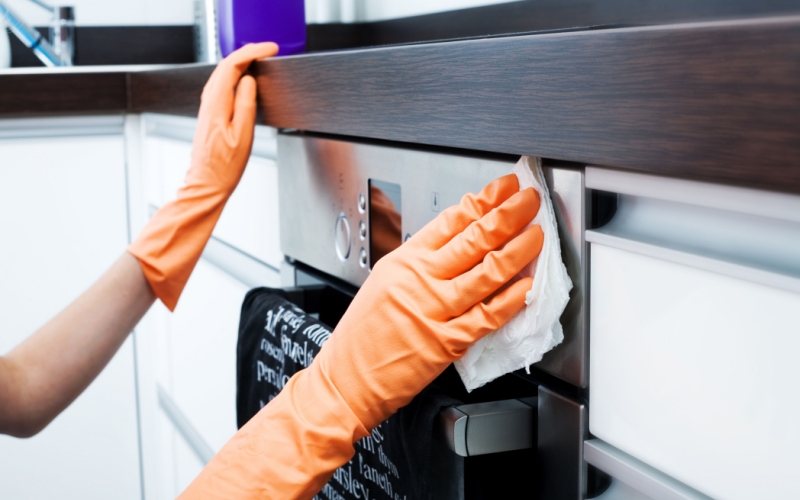Why Should We Clean Stainless Steel Plates?
All stainless steels contain at least 10.5% chromium by weight. It is the chromium content that creates a thin and tight shield called the passive layer to protect the stainless steel from corroding in moisture, water, and corrosive media environments. The higher the chromium content, the greater the corrosion resistance. But when this protective film is damaged and there is not enough chromium for it to reform, corrosion and rust occur. In order to avoid this situation, we need to do timely cleaning to prolong the life of our stainless steel products.
Generally, the cleanliness of stainless steel plates can be divided into two steps: general stainless steel cleaning and specific stainless steel cleaning. The former is suited for daily cleaning with some easy cleaning methods while the latter means how to solve some special stainless steel corrosion cases.
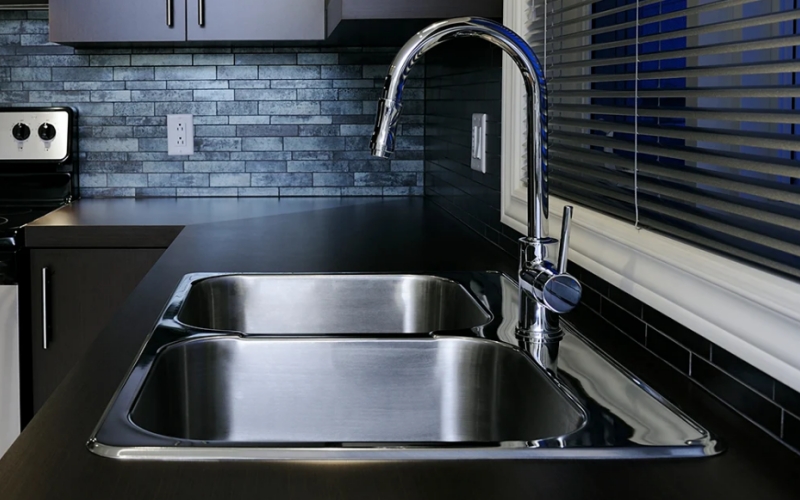
General Stainless Steel Cleaning
1. Warm Water
One of the easiest ways to clean stainless steel is by simply applying warm water with a cloth. It can effectively remove most stains, dirt, grime, and fingerprints. Besides, this method is not very risky and will not damage the surface of the stainless steel. However, water spots or other minerals in water can appear if the water is not dried properly, so make sure you dry it with a towel or a dry cloth.
2. Soap
If the water isn’t enough to clean the stain, you can try using mild soapy water. This, similarly to the warm water, will not damage your stainless steel but it is important to dry off when completed. Mix your water and soap in a bucket or sink, and soak your cloth with the liquid. Then apply the cloth to the stainless steel and wipe down its surface. Importantly, don’t remember to dry it immediately with a fresh and dry cloth.
3. Vinegar
The vinegar helps to get rid of grime and stains properly which makes it easier for you to clean your stainless steel products. However, it is worth noting that this method is suitable for stainless steel products with a high frequency of daily use ( such as stainless steel pots, stainless steel pans, stainless steel tableware, etc). You can use it according to the following tips.
– Firstly, pour the white vinegar and water into the pan (1:1), and heat to boil, so that the rust will be decomposed by white vinegar release, and then clean it with a cleaning ball. The stainless steel finish will be as bright as new.
– Secondly, moisten a soft cleaning cloth with white vinegar, using just enough to make the cloth damp, but not soaked and dripping with vinegar. The vinegar will clean and disinfect the sheets without damaging the steel surface.
– Thirdly, pour distilled white vinegar into a spray bottle and spritz it onto the appliance. Wipe the vinegar off with a microfiber cloth or paper towel.
– Finally, a dash of olive oil mixed with white vinegar can be used to clean kitchen surfaces too.
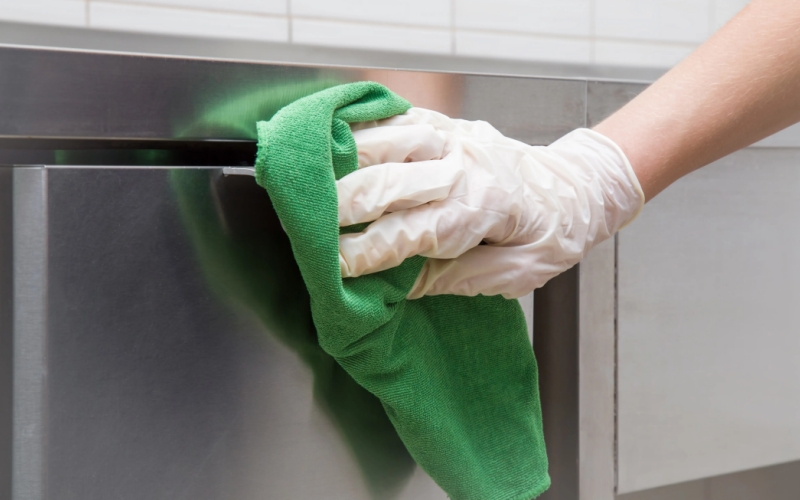
4. Soda
To begin with, make a soft paste of baking soda and water and then apply it to the stain, allowing it to sit for about 20 minutes. Next, scrub the area with a soft cloth dampened in a solution of water, working parallel to the grain of stainless steel to avoid scratches. Be sure to fully wipe away the powder residue and dry the surface.
5. Baby Oil
Mineral oil or baby oil is also an effective alternative used for cleaning stainless steel. Just apply some to a washcloth and wipe the product. The surface shouldn’t feel oily, but it’ll look shiny and all the streaks will disappear.
6. Commercial Stainless Steel Cleaner
Commercial stainless steel cleaners are undoubtedly the most effective way of cleaning that gives a long-lasting shine to your stainless steel devices. They are designed to buff out scratch marks, remove stains and make your stainless steel appliances look shiny and new. It can be a little more pricey than dish soap or vinegar, but the investment is often worth it. It will help you save time and have clean appliances.
However, there is one serious issue with such cleaners. Most of the cleaner manufacturers use chlorine as an ingredient that can damage the stainless steel surface. You need to ensure that the cleaner you purchase does not contain chlorine.
Besides, steam cleaners and glass cleaners also help you get the job done well.
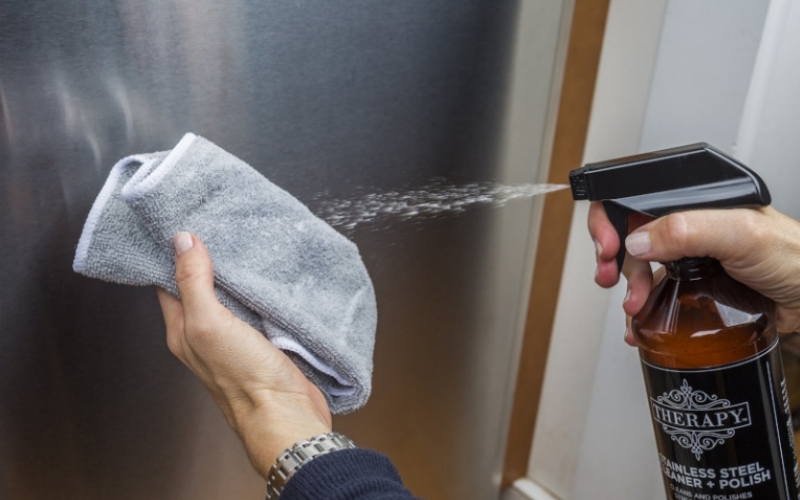
Specific Stainless Steel Cleaning
When stainless steel plate becomes very dirty and shows signs of surface discoloration or corrosion, general cleaning may no longer be sufficient. Cleaning methods designed to address specific types of damage are listed below.
1. Fingerprints
To remove fingerprints from stainless steel, you can use glass cleaner and a microfibre cloth. Spray the cleaner directly onto the stainless steel surface and simply wipe it down with a microfibre cloth. Dry it then with a towel so that the excess stains are not obtained.
2. Dust & Dirt & Grime
To remove dirt, grime, dust, and smudges from your stainless steel surfaces, use warm soapy water and a clean soft cloth. This will remove 99% of these marks without scratching your stainless steel surfaces.
3. Scratches
In order to prevent process lubricants or products and/or dirt from accumulating, scratches and other rough surfaces must be mechanically cleaned.
4. Pen Inks
If you have an ink stain on your stainless steel, it can be quite difficult to get rid of, but it’s not impossible. Usually, solvents such as alcohol or xylene are used to remove ink but always test them on a piece of stainless steel that isn’t exposed to ensure that they won’t mark the metal. After removing the ink stain, remember to gently wash the area with warm soapy water and dry it with a cloth.
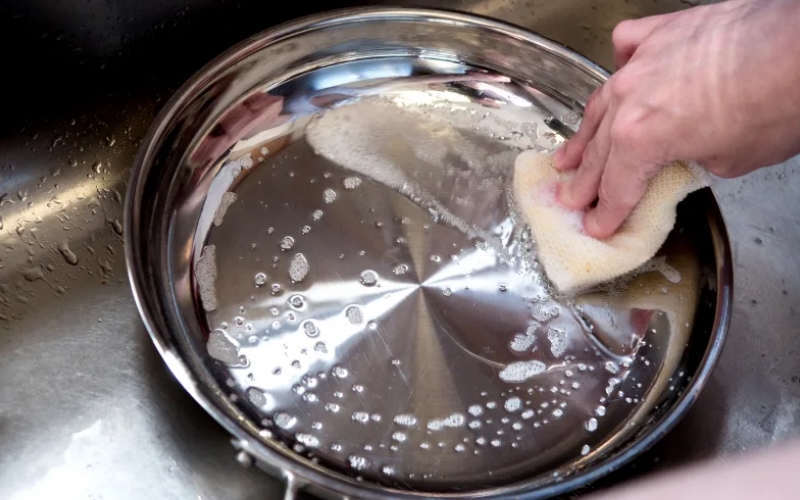
5. Oil Stains
In most cases, oil stains can be removed with xylene alcohol or isopropyl alcohol. If those don’t work, then mineral spirits can be used, followed by a thorough clean afterward with warm water. Always test solvents first on areas that aren’t exposed.
6. Rust Spots
Rust on stainless steel products or equipment is sometimes seen before or during production, which indicates that the surface is severely contaminated. Rust must be removed before the equipment is put into use, and the thoroughly cleaned surface shall be inspected by iron test or water test.
7. Adhesive Marks & Tapes
Alcohol or mineral spirits are the best way to remove adhesive marks from your stainless steel. For older tape or adhesive marks, it may require some soak time to soften up the adhesives. Always wash and dry the area afterward.
8. Water Scale
White vinegar is the best way to remove any water scale in stainless steel products, and it’s best followed up with soapy water. Don’t use any cloth or pads that will scratch the surface of the stainless steel plate.
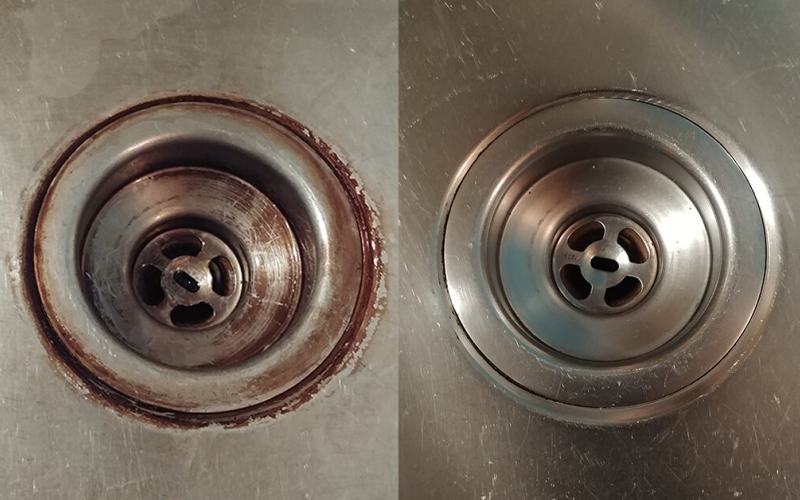
How Often Do We Need to Clean Stainless Steel Plates?
That is hard to say. How often you clean your stainless steel depends on a lot of factors, including using environment, using time, using frequency, and so on. The best way to clean stainless steel plates is to do regular general cleanings and periodic deeper cleanings.
Conclusion
Irrespective of the method you use for cleaning stainless steel plates, ensure that it is done in the right manner to bring the desired results. Thanks for reading our article on how to clean stainless steel plates. We hope one of these methods worked for you!


